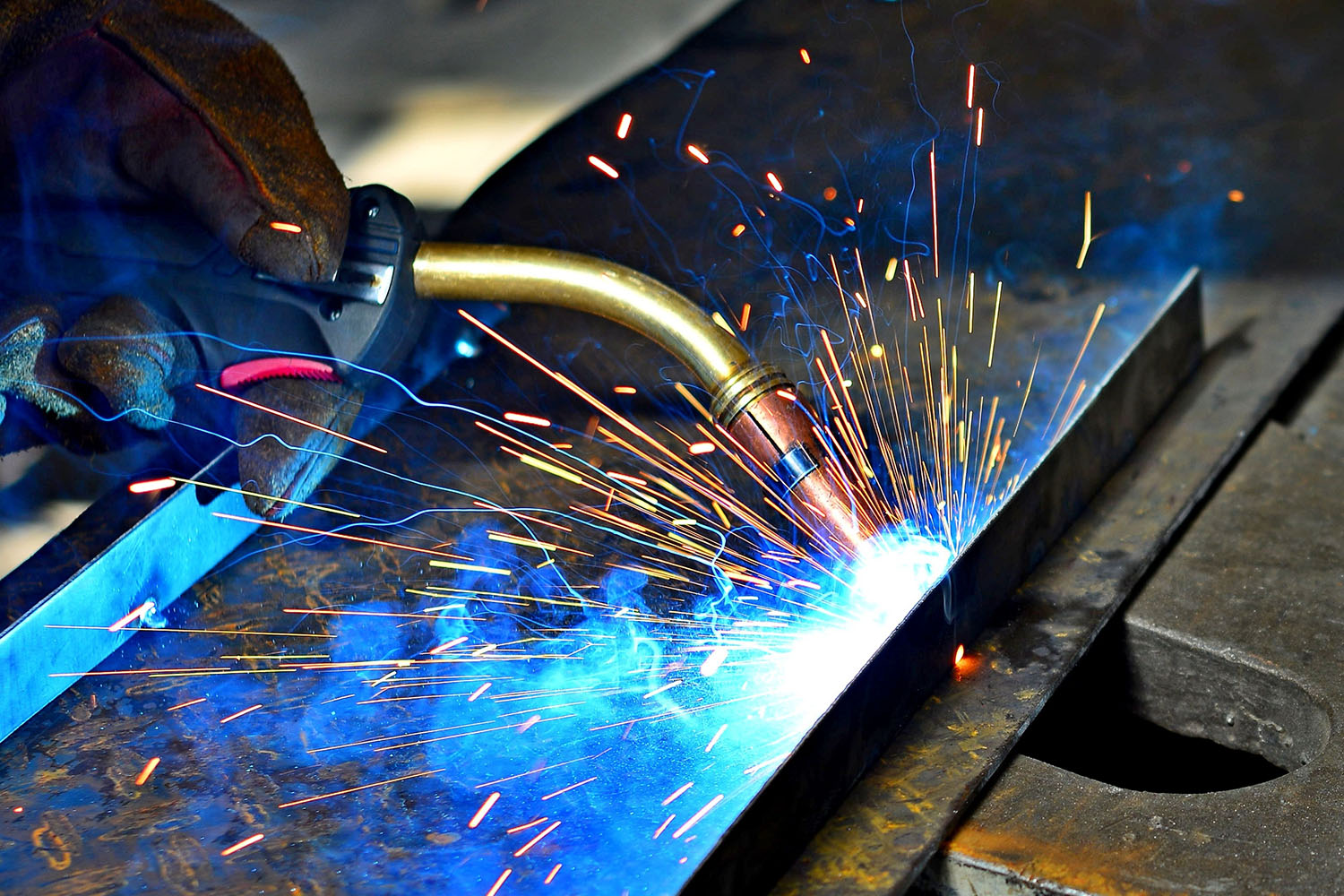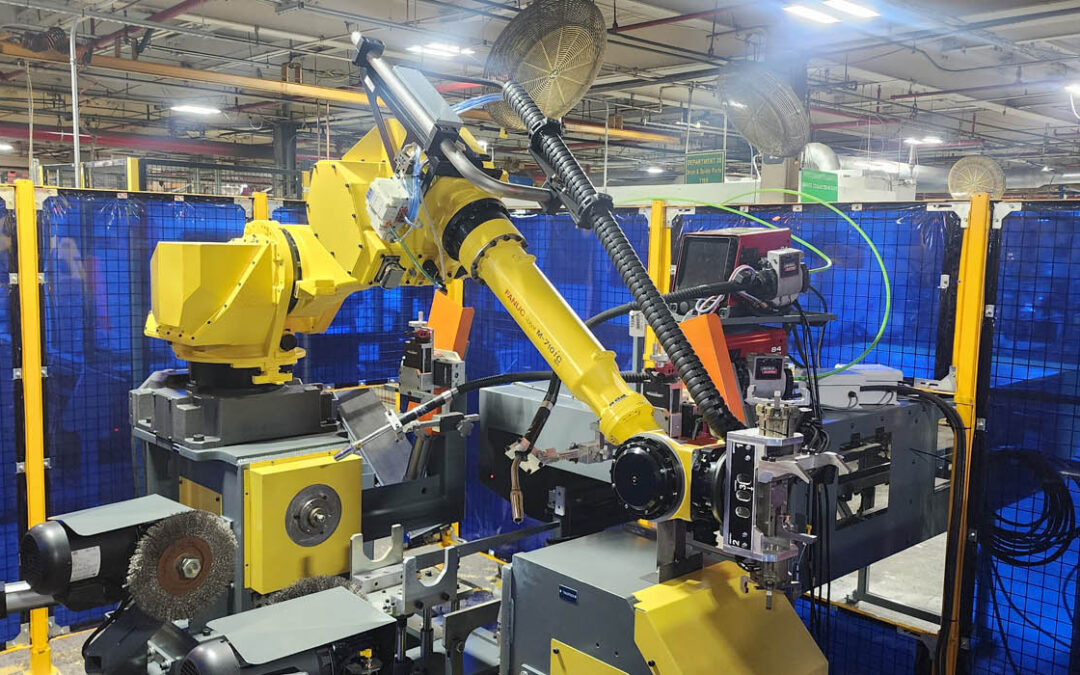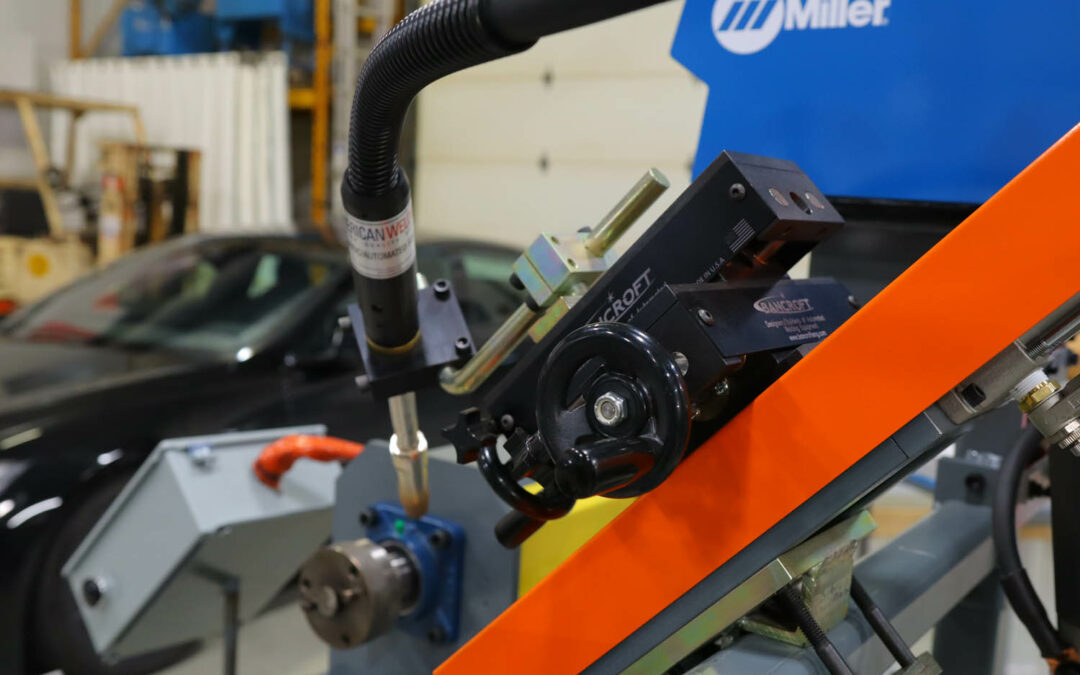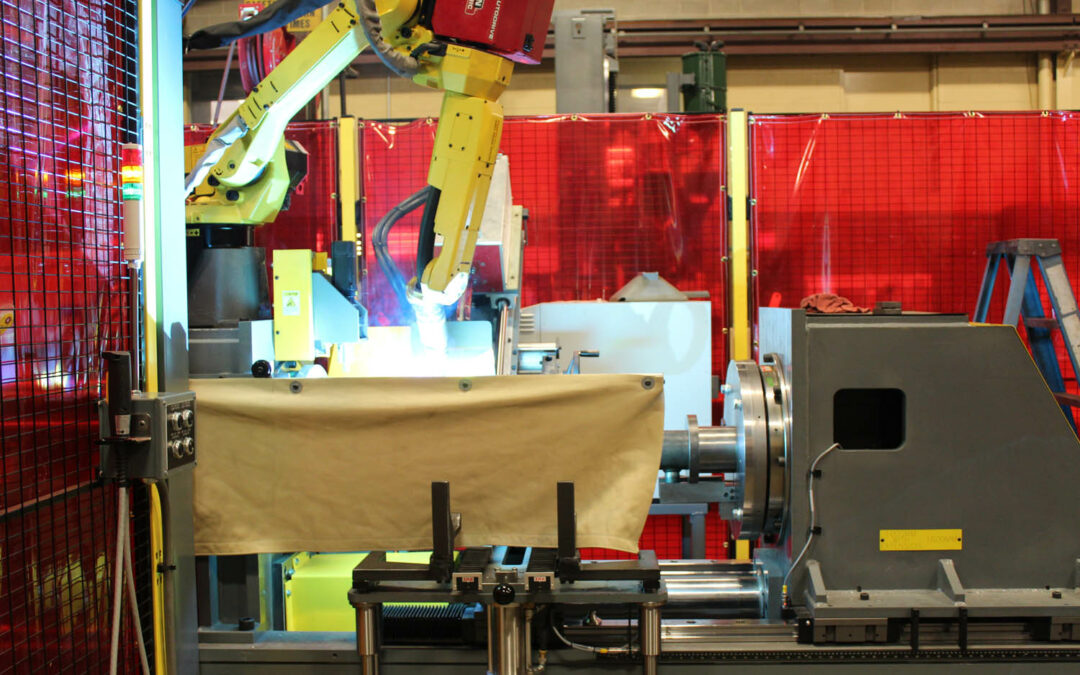What is a Welding Procedure Specification?
Simply put, a welding procedure specification (WPS) is an efficient, effective weld quality control tool. It works by creating a handbook of specifications for every type of welding your team may need to complete within their role for the project. It will typically include the following:
- Required tools
- All materials needed
- Proper techniques
- Recommended process
- Description of desired outcome
Understanding Why a WPS is Important
When your product involves welding, you understand [more than most] that quality matters. In fact, in some cases, the quality of your weld will be what saves lives. A weld procedure not only establishes the safety and quality standards that guide production, but it also continues to hold your team to those standards regardless of skill level, turnover, and transition.
Each of the parameters established in your WPS are determined by having a firm understanding of your company’s acceptance criteria. This is important because it is part of what your clients expect from you as it is established in your professional codes and/or standards. It is the very reason why your clients chose you for today’s needs and will continue to stay loyal for a long time to come.
Essential Components of a WPS
When writing a weld procedure, you must first determine the variables that dictate best practice. The following are our top recommendations for taking into consideration when writing each procedure:
- Base material selection (typically done by the design engineer)
- Welding process
- Electrical characteristics
- Amperage, travel speed and voltage
- Post weld heat treatment
- Preheat temperature
- Interpass temperature
- Shielding gas
- Welding position (and out-of-position)
- Filler metals & base metals
- Joint design
Weld Quality
At Bancroft, we understand the power of top-quality procedures and welding products. Bancroft engineers use years of first-hand knowledge to help in the decision-making process. We are here to support your manufacturing and welding needs with effective, safe and efficient equipment that will execute your weld procedures with precision every time. Contact us today to learn more about how our robotic welding can take your company to new heights today!



